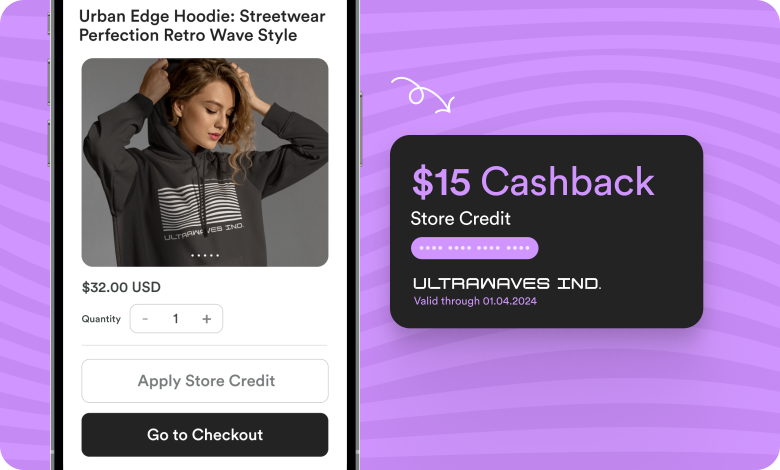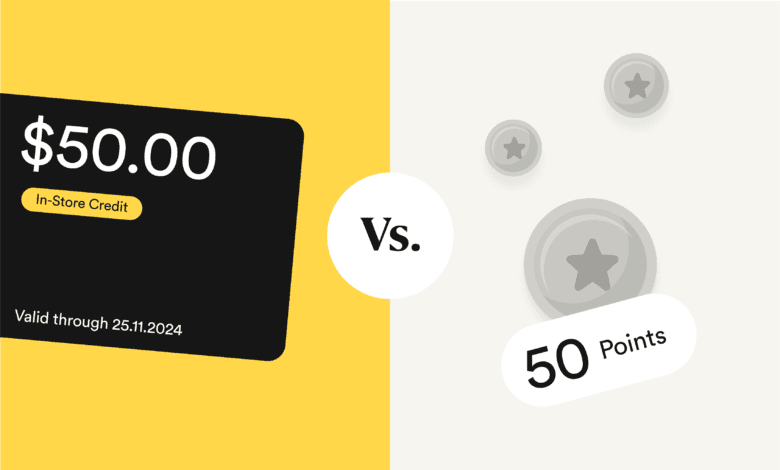For most ecommerce shops, the holiday season is a double-edged sword.
Gifts make revenues rise while margins fall.
Here’s why.
It’s the most wonderful time of the year for Ecommerce…
All Ecommerce retailers are looking forward to the upcoming holiday season with a mixture of dread and anticipation.
The ten biggest days for online shopping are all in November and December. As shoppers buy gifts for friends and family for Christmas and New Year’s day.
Gifts account for an estimated $200 billion, with over $100 billion spent on Gift Cards alone every year.
Holiday shopping accounts for over 20% of yearly ecommerce revenue.
If you are running an ecommerce business in the giftiest verticals (clothes, electronics, movies, books, food, cosmetics and jewelry,) the holiday season can make your whole year.

But there is a Problem…
The main factor that kills ecommerce profit margin on gifts is returns.
Free returns are increasingly becoming expected.
Half of today’s retailers offer them, and those businesses see a boost in sales of 58%-357%.
Nobody wants to buy their friend or relative a present online, only for it to turn out to be the wrong color/size/version and for the gift receiver to be stuck with it.
But for a retailer, a returned item represents a loss. The business has to eat the costs of shipping, both ways, and repackaging.
Some of the bigger businesses don’t even take returned items back but route them to an auction house to be sold for pennies on the dollar.
Smaller businesses typically don’t have the scale to do that, so they just have to absorb the loss.
What makes this especially painful with gifts is that the loss is typically not the fault of the business.
There was nothing that business could have done to make sure that the customer remembered the gift recipient’s size or other preference.
For example, when I bought my dad a pair of running shoes for New Year’s online and they were the wrong size, the shop had to pay to ship the shoes back to its warehouse, and then pay again to ship the right pair to my dad!
How to make the gift shoppers worth more?
When an ecommerce business does not accurately predict holiday season demand, order spikes (especially at the 11th hour) cause stock outages.
That means the business has to make a last minute order from its supplier and absorb the cost of expedited shipping.
So not only is it losing money on returns, it can lose money on fulfillment.
In other words, if the shop I bought dad’s shoes from a day before New Year’s did not forecast the demand for that size, they had to pay extra expedited shipping to get them to him in time.
Gift customers have lower lifetime value on average
Since ecommerce businesses have to pay to acquire their customers through advertising and promotions, it’s essential for them to maximize each customer’s lifetime purchases.
There are whole books written on how to do that, but basically it amounts to upselling and remarketing.
That is to say that when I buy something for myself from an ecommerce site, say, a leash for my dog, the site will try to sell me a collar and a bowl to go with the leash.
It will then use the email I leave to remarket to me periodically, sending me emails and showing me ads on Facebook, Google, etc. for dog food, dog toenail clippers, etc.
This way, the business can maximize its profits from me.
But with gifts, upselling and remarketing possibilities are much more limited.
I’m buying those shoes as a gift for dad to check him off the list.
I am not very open to upselling offers of more shoes, socks, etc.
And as for remarketing, forget about it.
I don’t want anything the store has to offer-I don’t even like running.
So emails and ads from the store targeting me are wasted.
And as for dad, I probably didn’t leave his email or phone number, and in any case, he hasn’t given permission for the store to contact him.
That’s assuming he even likes what the store has to offer.

What about Gift Cards?
Electronic Gift Cards are a good partial solution for all of the above problems.
The great thing about Gift Cards is that the gift recipient now becomes an active participant in the gifting process.
Dad now picks out the shoes he wants from the store’s catalog, solving the problem of returns for size and color mismatch.
The time pressure is off since it’s unlikely that he’ll pay the premium for expedited delivery-and he got my gift, the card, on New Year’s, without the store having to ship anything.
And in the process of redeeming the card, he will be open to upselling and bundling.
He will also leave a phone number or email and give us permission for retargeting.
These advantages are the reason Gift Cards make up approximately half of holiday sales.
On the other hand, Gift Cards have one major drawback; they are impersonal.
When I bought those shoes for dad, it was because I wanted him to know that I’d put some thought into the gift, and think of me whenever he put them on.
With a Gift Card, the personal factor goes out the window.
What’s next?
My startup, Rise.ai, is creating an app to combine the best of both worlds-both the personal touch and excitement of a real gift and the flexibility of a Gift Card.
Our app lets the gift giver select and send a gift and the gift receiver chooses color and size variations.
So far, our data shows that letting the giver choose the gift and the receiver choose the variation lifts conversions and reduces returns and exchanges drastically.
We think that this is the future of the ecommerce gifting economy.
Check us out at our site, and let us know what you think.
Rise.ai provides online stores an alternative, data-driven, gift purchasing experience.
Smart profiling of both sender and receiver results in elimination of most product returns and new sales generation through relevant and targeted marketing.





